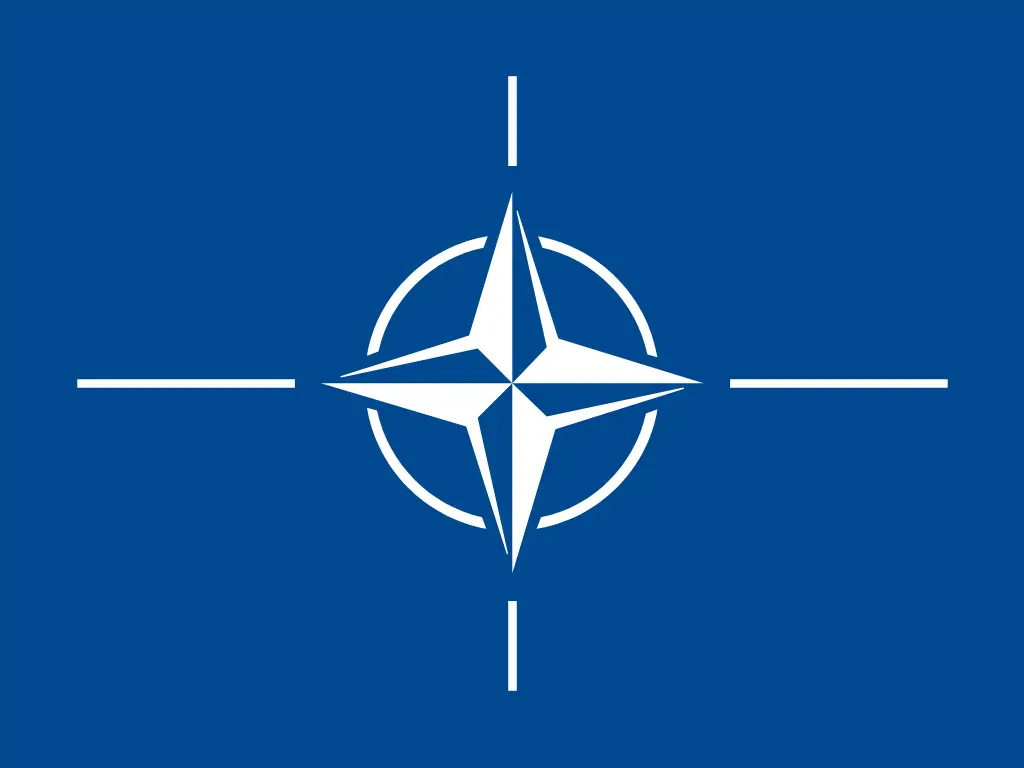Pentagon Reduces Troop Presence on NATO’s Eastern Flank
The US said it will pull some of its troops out of Romania, which is an important NATO border state. The Pentagon’s larger plan is to shift defense resources away from other areas and toward protecting the homeland and operations in Latin America.
The 2nd Infantry Brigade Combat Team of the 101st Airborne Division will be going back to Kentucky, according to US Army Europe and Africa. The unit won’t be replaced after rotation, which means that Washington’s military presence in Europe will change.

Source: Wikimedia Commons
Strategic Rebalance Prioritizes Homeland and Latin American Defense
Secretary of Defense Pete Hegseth is reviewing the global force structure to make sure it is balanced. This reduction is part of that evaluation. This change in direction is all about making the Western Hemisphere’s defense stronger and more flexible.
Officials stressed that the change does not mean that the US is pulling out of Europe or that NATO’s commitment is weaker. Instead, it shows that people are becoming more sure of the capacities of their allies and that security in the area is becoming more independent throughout the continent.
NATO Allies Take Larger Role in Regional Defense
The Pentagon said the move was a sign of Europe’s growing responsibility for defending the continent. Since Russia invaded Ukraine in 2022, NATO partners have increased the number of troops, defense spending, and the way they work together.
The Army called this a “positive sign” of improved collaboration across the Atlantic. Countries in Europe, including Poland and Germany, have made important contributions to NATO’s deterrence and collective security measures.
Recommended Article: Reform UK Proposes Letting Ministers Override International Law
Romania Confirms Coordination and Ongoing Partnership With US Forces
Romania’s Ministry of Defense said that they had already been told of the partial pullout and dubbed it a coordinated realignment operation. About 1,000 American soldiers will stay in Romania to keep NATO’s deterrence efforts going.
The ministry said that the choice fits with the new strategic goals of the United States under President Trump’s administration. It also said again that Romania is still committed to working with NATO to keep the area stable and safe.
Political Reactions Highlight Bipartisan Concerns in Washington
Senior Republican politicians, like Senator Roger Wicker and Representative Mike Rogers, criticized the troop cut. They said that the choice may send Russia an unintentional message of weakness in the middle of continuing geopolitical tensions.
Both congressmen were angry that Congress wasn’t consulted before the bill was put into effect. They asked the Pentagon to explain how the pullout fits in with NATO’s larger goals of deterrence and operational security.
NATO Monitors US Posture Adjustments Amid Regional Tensions
NATO military strategists are keeping a close eye on the changing US posture in Europe to figure out what it means for strategy. While overall force levels remain greater than before 2022, any large drop might necessitate revised deployment planning.
Allied commanders are looking at the possibility of moving troops around to keep the alliance’s eastern borders safe. These talks will have an effect on NATO’s future plans for preparedness and collective defense in Eastern Europe.
Balancing Global Priorities Without Weakening Allied Commitments
The Pentagon’s choice shows how hard it is to manage limited military resources in many places across the world. As threats change, it is still a very important strategic test to find the right balance between deterrence in Europe and new obligations in other places.
Officials say that keeping NATO together and safe is still one of the major goals of the US. The change is a practical readjustment, not a retreat, as Washington responds to changing diplomatic and defense situations.























